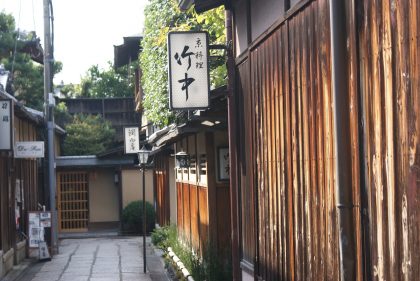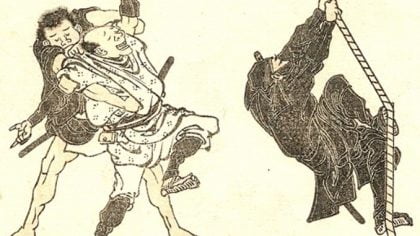This international martial arts organization is based in Japan and is under the direction of Masaaki Hatsumi. The teachings, called Bujinkan Budo Taijutsu, are composed of nine separate martial arts traditions, and participants are held to high standards of study and behavior.

The Bujinkan is open to only those able to exercise true patience, self-control, and dedication. People with criminal records are not eligible. The annual Bujinkan membership cards are designed to preserve the honor of the members and to indicate an individual’s part in the larger league of members with warrior hearts who want to better themselves through Bujinken training. The membership in the Bujinkan requires loyalty and brotherly love.
The Bujinkan tradition recognizes the universality of nature and human life. The secret principle of Taijutsu is the foundation of peace, and the study of Bujinkan is the path to the immovable heart, or fudoshin.
The Bujinkan has been recognized by the Zen Nippon Todo Renmai, the All Japan Sword Federation. Many of the martial arts taught in the Bujinkan can be traced back to the Iga region of Japan and were used by the Ninja and Yamabushi. The training includes using all body parts as weapons, as well as training in armed fighting techniques.
The Bujinkan Dojo has nine kyu or grades starting with mukyu, where unranked participants wear white belts. The grades, from lowest to highest go from kukyu (9 kyu) to ikkyu (1 kyu,) with nine being the lowest rank and 1 being the highest.
In Bujinkan the color of the belt has no relation to the kyu level a practitioner holds. Bujinkan Taijutsu practices do not normally include competitions or contests. The body techniques taught include slow sparring, muscle attatcks, pressure point use, and bone breaking.
There were originally 9 dan, or ranking levels, but Hatsumi has changed it to 15. The dan levels are divided as follows:
- 1-5 dan Ten (Heaven)
- 6-10 dan Chi (Earth)
- 11-15 dan Jin (Humanity)
The test for achieving 5 dan establishes that a practitioner is entitled to apply for a teaching license, or shidoshi menkyo. Levels from 1 dan to 4 dan may become assistant teachers, or shidoshi-ho under the supervision of a shidoshi who has attained 5 through 9 dan.
In Bujinkan, anyone holding the level of 10 dan to 15 dan is referred to as “shihan.” Some advanced practitioners have earned menkyo kaiden, or licenses of complete transmission in individual schools. Those few practitioners who attain menkyo kaiden are often very private about the matter, rarely divulging their exalted rank.
W.O.N. recommends these books if you are interested to know more about Bujinkan techniques and history.
- Ninjutsu: The Secret Art of the Ninja (by Simon Sensei, who studied under Hatsumi Sensei)
- The Way of the Ninja: Secret Techniques (by Hatsumi Sensei himself)
Joyce


![Middle-aged Karate Mom – Joelle White [Case Study Interview]](https://www.wayofninja.com/wp-content/uploads/2016/06/joellle_feature-420x236.jpg)

